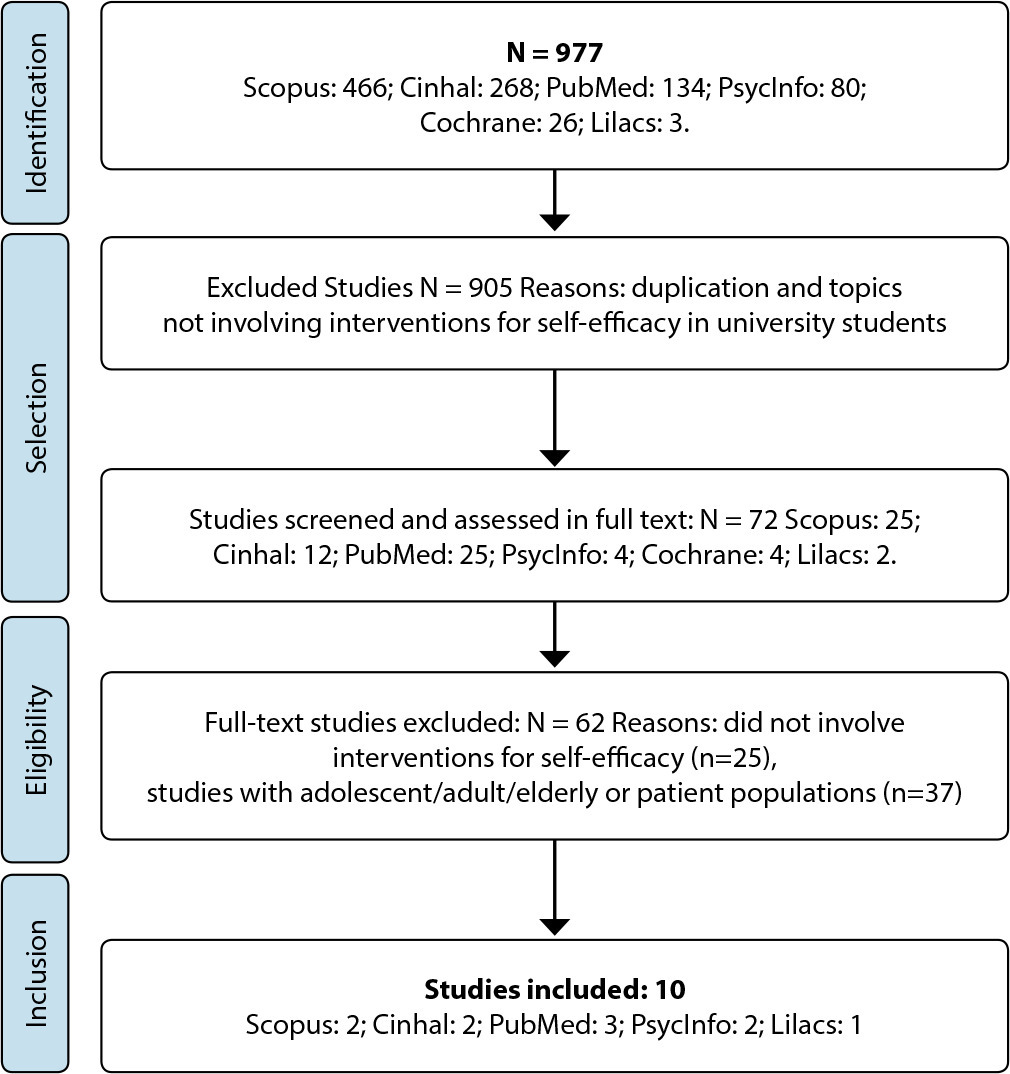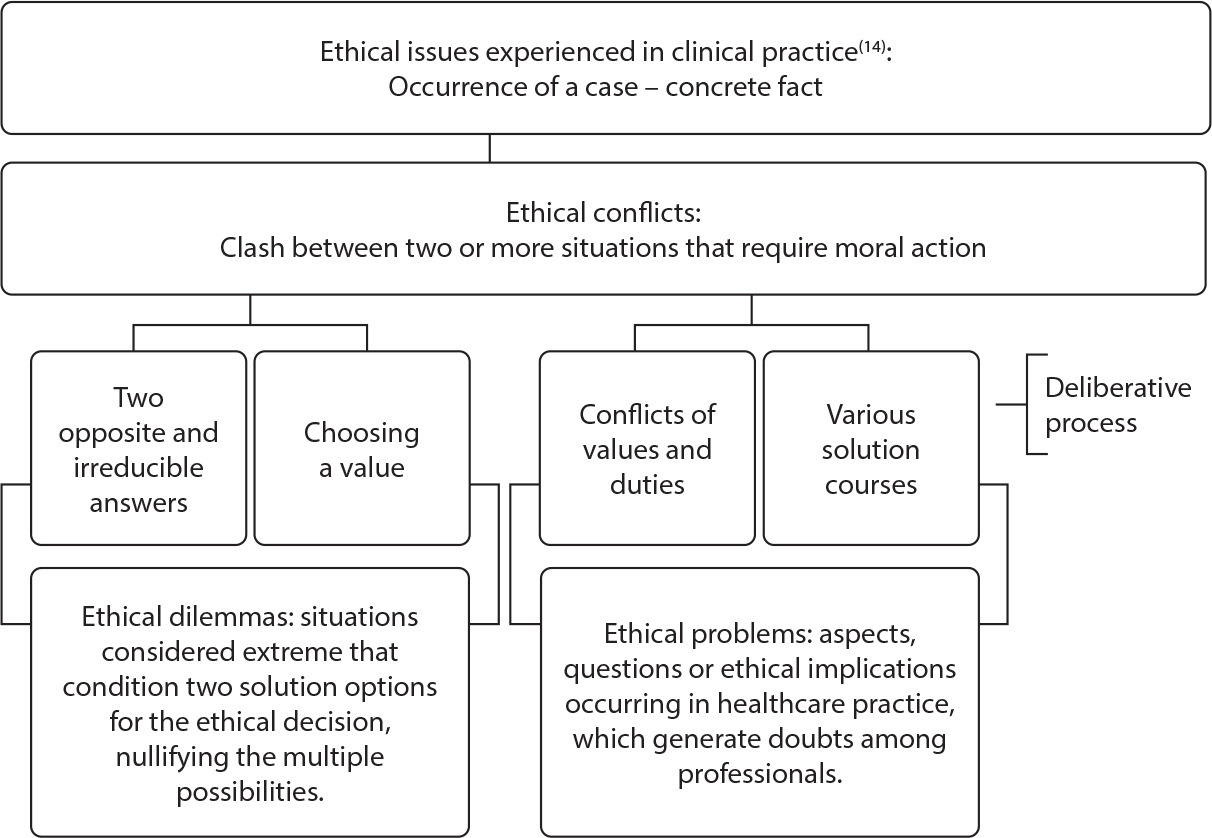-
ORIGINAL ARTICLE05-13-2024
Generalized Resistance Deficits in inmates with hypertension: missing resources that limit health
Revista Brasileira de Enfermagem. 2024;77(2):e20230246
Abstract
ORIGINAL ARTICLEGeneralized Resistance Deficits in inmates with hypertension: missing resources that limit health
Revista Brasileira de Enfermagem. 2024;77(2):e20230246
DOI 10.1590/0034-7167-2023-0246
Views0See moreABSTRACT
Objective:
to understand the Generalized Resistance Deficits of people deprived of liberty with hypertension in a Brazilian prison unit.
Method:
qualitative research, anchored in Salutogenesis, carried out with 38 people with hypertension from a Brazilian prison unit, from February to July 2022, with a semi-structured interview with open-ended questions, whose analysis was thematic, explaining the limitations to health in prison.
Results:
13 Generalized Resistance Deficits were reported, mostly related to the prison environment and, to a lesser extent, to the social group and the individual, respectively. Living in prison for people with hypertension implies living with a high number of Generalized Resistance Deficits, accentuating the movement towards the disease pole.
Final considerations:
knowing Generalized Resistance Deficits allows directing health promotion to support the use of available Generalized Resistance Resources and contributes to the expansion of intersectoral policies.
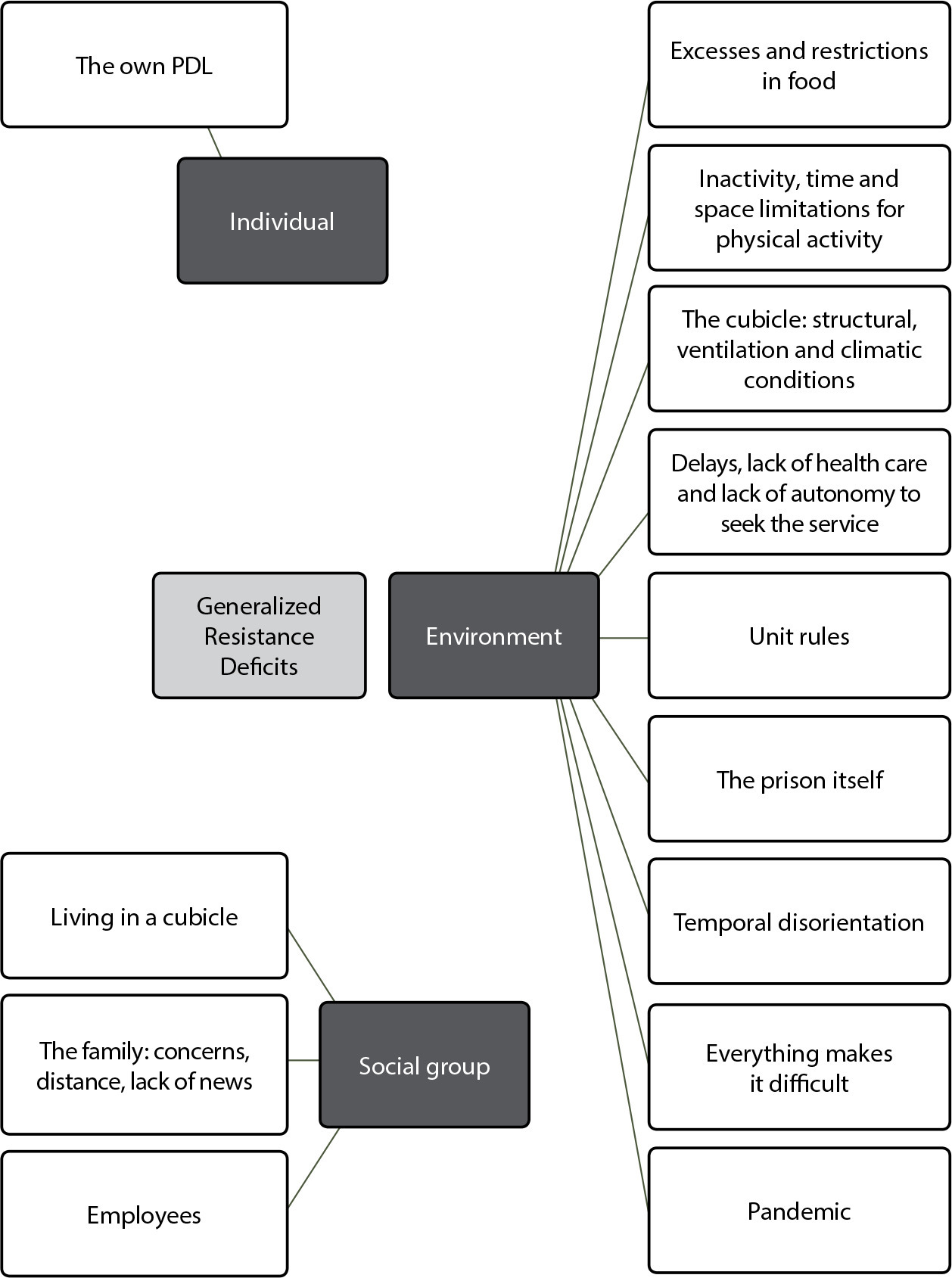
-
REVIEW05-13-2024
Lean methodology: contributions to improving work processes in health and nursing
Revista Brasileira de Enfermagem. 2024;77(2):e20230322
Abstract
REVIEWLean methodology: contributions to improving work processes in health and nursing
Revista Brasileira de Enfermagem. 2024;77(2):e20230322
DOI 10.1590/0034-7167-2023-0322
Views0See moreABSTRACT
Objective:
to investigate the contributions of applying the Lean methodology to improve work processes in health and nursing and its impact on associated financial aspects.
Method:
an integrative review, carried out in six databases, whose sample of ten (100.0%) studies was analyzed and summarized descriptively.
Results:
the outcomes obtained were stratified into: benefits/barriers to Lean Healthcare implementation; economic aspects involving Lean Healthcare implementation; and process improvements through Lean Healthcare implementation. The majority of studies (60.0%) were carried out in university hospitals, contexts that need to continually improve the quality of services provided, generally with scarce and limited resources, which support the viability of maintaining the teaching, research and extension tripod.
Conclusion:
three (30.0%) studies highlighted the financial aspects associated with Lean methodology application. The others only mentioned the possibility of financial gains through improving processes and reducing waste.
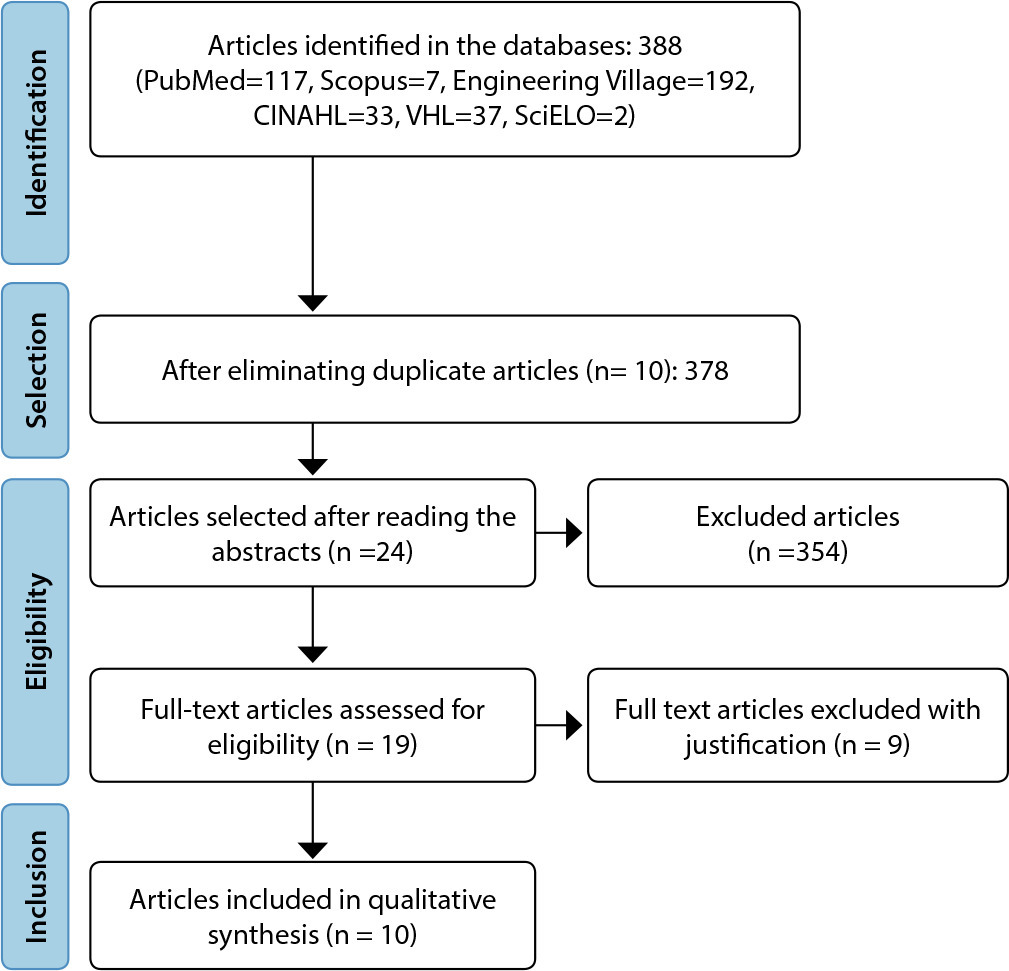
-
REVIEW05-13-2024
Stunting predictors among children aged 0-24 months in Southeast Asia: a scoping review
Revista Brasileira de Enfermagem. 2024;77(2):e20220625
Abstract
REVIEWStunting predictors among children aged 0-24 months in Southeast Asia: a scoping review
Revista Brasileira de Enfermagem. 2024;77(2):e20220625
DOI 10.1590/0034-7167-2022-0625
Views0See moreABSTRACT
Objective:
To identify predictors of stunting among children 0-24 months in Southeast Asia.
Methods:
This scoping review focused on articles with observational study design in English published from 2012 to 2023 from five international databases. The primary keyword used were: “stunting” OR “growth disorder” AND “newborn” AND “predict” AND “Southeast Asia”.
Results:
Of the 27 articles selected for the final analysis there are thirteen predictors of stunting in seven Southeast Asia countries. The thirteen predictors include the child, mother, home, inadequate complementary feeding, inadequate breastfeeding, inadequate care, poor quality foods, food and water safety, infection, political economy, health and healthcare, water, sanitation, and environment, and social culture factor.
Conclusion:
All these predictors can lead to stunting in Southeast Asia. To prevent it, health service providers and other related sectors need to carry out health promotion and health prevention according to the predictors found.
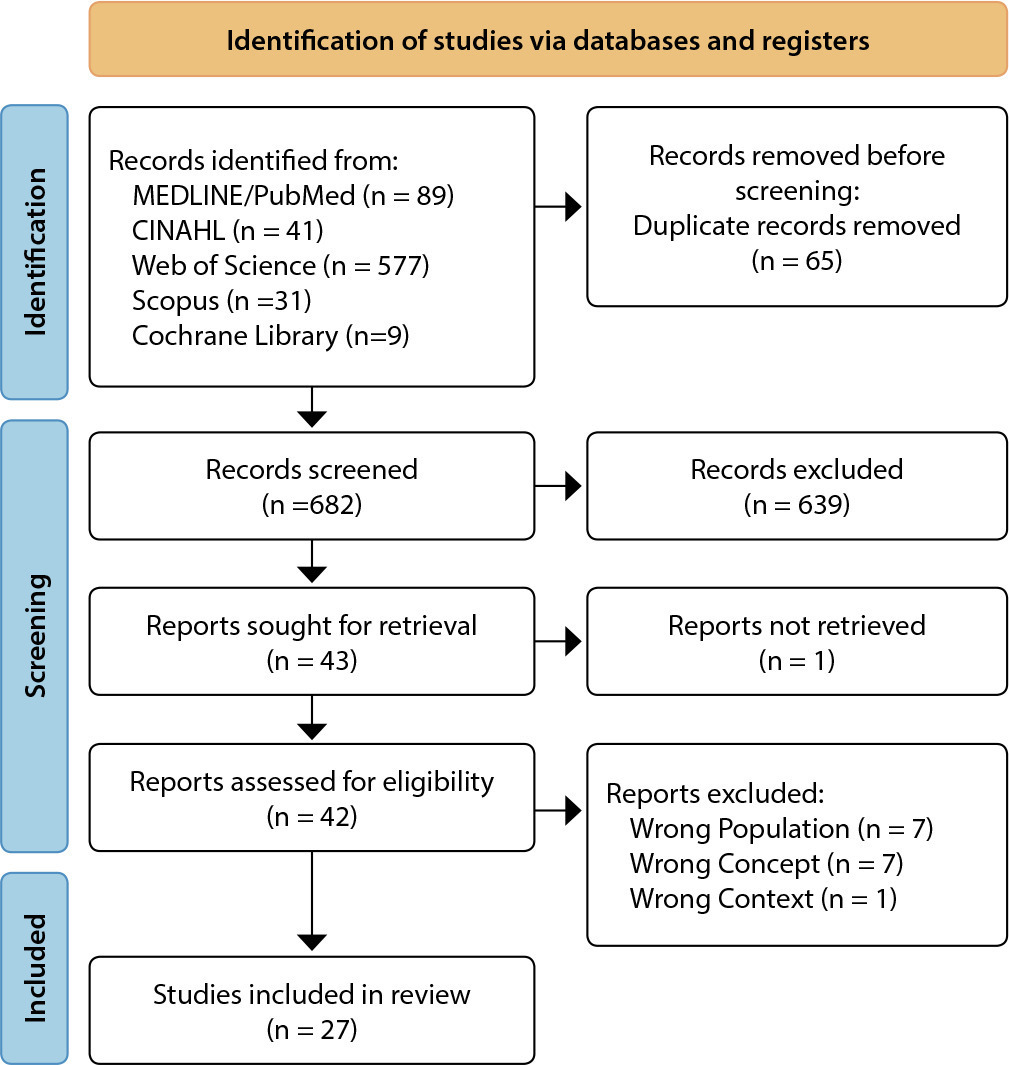
-
05-13-2024
A influência da internet nas escolhas sobre a saúde e o bem-estar dos idosos
Revista Brasileira de Enfermagem. 2024;77(1):e20230321
Abstract
A influência da internet nas escolhas sobre a saúde e o bem-estar dos idosos
Revista Brasileira de Enfermagem. 2024;77(1):e20230321
DOI 10.1590/0034-7167-2023-0321
Views0See moreRESUMEN
Objetivos:
describir el perfil de los ancianos que acceden a internet para buscar información de salud e identificar los factores que pueden influir en las decisiones de los ancianos sobre su salud a partir de la información recopilada en línea.
Métodos:
391 ancianos respondieron a un cuestionario online sobre hábitos y satisfacción con la información de salud recogida en internet. El procesamiento de datos implicó regresión logística.
Resultados:
la educación superior reduce en un 44% la probabilidad de que un anciano siga las recomendaciones de salud en los sitios web. Sin embargo, las actividades sociales y la salud autopercibida aumentan la posibilidad de seguir las recomendaciones en un 83% y un 71%, respectivamente. La creencia de que internet promueve hábitos saludables aumenta 29,2 veces la probabilidad de que un anciano siga un consejo.
Consideraciones Finales:
conocer el perfil de los ancianos que utilizan internet puede ayudar a los profesionales a formular políticas públicas y construir buenas plataformas de información sobre salud y bienestar.
-
ORIGINAL ARTICLE05-13-2024
The influence of the internet on choices about older adults’ health and well-being
Revista Brasileira de Enfermagem. 2024;77(1):e20230321
Abstract
ORIGINAL ARTICLEThe influence of the internet on choices about older adults’ health and well-being
Revista Brasileira de Enfermagem. 2024;77(1):e20230321
DOI 10.1590/0034-7167-2023-0321
Views0See moreABSTRACT
Objectives:
to describe the profile of older adults who access the internet to search for health information and identify the factors that can influence older adults’ decisions about their health based on information collected online.
Methods:
391 older adults answered an online questionnaire regarding habits and satisfaction with information about health collected on the internet. Data processing involved Logistic Regression.
Results:
higher education reduces by 44% the likelihood of an older adult following the health recommendations on internet sites. However, social activities and self-perceived health increase the possibility of following the recommendations by 83% and 71%, respectively. The belief that the internet promotes healthy habits increases by 29.2 times the probability of an older adult following the advice.
Final Considerations:
knowing the profile of older adults who use the Internet can help professionals formulate public policies and build good information platforms on health and well-being.
-
REVIEW05-13-2024
Technologies used in the treatment of burn victims in intensive care: a scope review
Revista Brasileira de Enfermagem. 2024;77(1):e20220738
Abstract
REVIEWTechnologies used in the treatment of burn victims in intensive care: a scope review
Revista Brasileira de Enfermagem. 2024;77(1):e20220738
DOI 10.1590/0034-7167-2022-0738
Views0See moreABSTRACT
Objectives:
to analyze the technologies used by the nursing team in the treatment of skin lesions caused by burns in patients under intensive care.
Methods:
this is a scope review conducted on the LILACS, Medline, PubMed, and CINAHL databases without temporal or language restrictions.
Results:
the highlighted technologies included the use of specialized dressings, biological agents such as probiotics and cyanobacteria, as well as negative pressure therapies and enzymes such as papain and collagenase. Some technologies, such as nanocrystalline silver, demonstrated efficacy in infection control.
Final Considerations:
the study identified essential technologies in burn care, emphasizing the need for further research on “soft” technologies. The findings support the promotion of evidence-based nursing care for burn patients in intensive care and enhance knowledge about effective treatments.
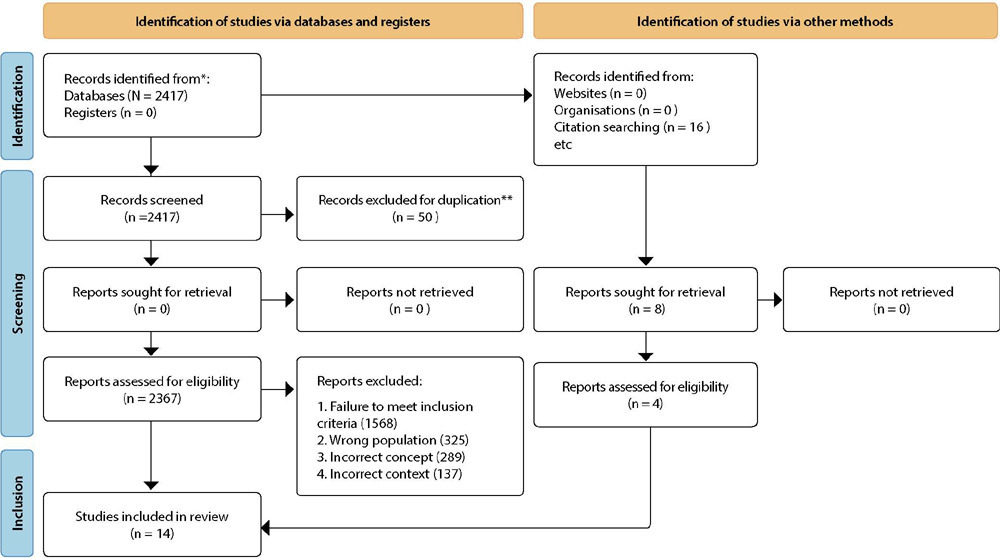
-
ORIGINAL ARTICLE05-03-2024
What is the burden of multimorbidity and the factors associated with its occurrence in elderly Brazilians?
Revista Brasileira de Enfermagem. 2024;77(1):e20220809
Abstract
ORIGINAL ARTICLEWhat is the burden of multimorbidity and the factors associated with its occurrence in elderly Brazilians?
Revista Brasileira de Enfermagem. 2024;77(1):e20220809
DOI 10.1590/0034-7167-2022-0809
Views0See moreABSTRACT
Objective:
To estimate the prevalence of multimorbidity in elderly people and its association with sociodemographic characteristics, lifestyle, and anthropometry.
Methods:
This was a cross-sectional study using data from the National Health Survey, 2019. A total of 22,728 elderly individuals from all 27 Brazilian states were randomly selected. Poisson regression models with robust variance were employed, and a significance level of 5% was adopted.
Results:
The prevalence of multimorbidity was 51.6% (95% CI: 50.4-52.7), with the highest estimates observed in the South and Southeast. Multimorbidity was associated with being female (aPR = 1.33; 95% CI: 1.27-1.39), being 80 years old or older (aPR = 1.12; 95% CI: 1.05-1.19), having low education (aPR = 1.16; 95% CI: 1.07-1.25), past cigarette use (aPR = 1.16; 95% CI: 1.11-1.21), insufficient physical activity (aPR = 1.13; 95% CI: 1.06-1.21), and screen use for 3 hours or more per day (aPR = 1.13; 95% CI: 1.08-1.18).
Conclusion:
Multimorbidity affects more than half of the elderly population in Brazil and is associated with social, demographic, and behavioral factors.
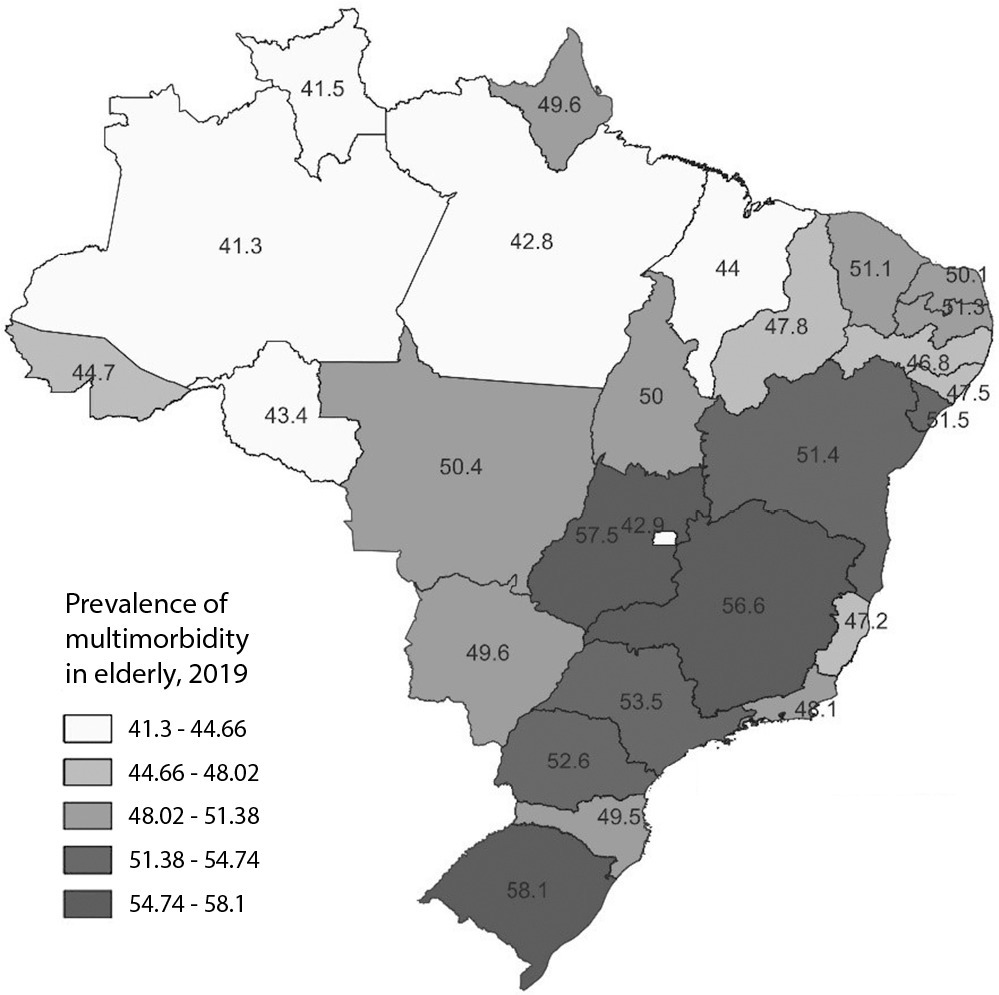
-
ORIGINAL ARTICLE05-03-2024
Cancer patient satisfaction regarding the quality of information received: psychometric validity of EORTC QLQ-INFO25
Revista Brasileira de Enfermagem. 2024;77(1):e20230358
Abstract
ORIGINAL ARTICLECancer patient satisfaction regarding the quality of information received: psychometric validity of EORTC QLQ-INFO25
Revista Brasileira de Enfermagem. 2024;77(1):e20230358
DOI 10.1590/0034-7167-2023-0358
Views0See moreABSTRACT
Objectives:
to psychometrically validate the European Organization for Research and Treatment of Cancer Core Quality of Life Questionnaire EORTC QLQ-INFO25 instrument and identify the domains that influence patients’ perception of the information received.
Methods:
a cross-sectional methodology with cancer patients in a Brazilian philanthropic hospital institution. Sociodemographic and clinical instruments, EORTC QLQ-C30, EORTC QLQ-INFO25 and Supportive Care Needs Survey – Short Form 34 were used. Analysis occurred using Cronbach’s alpha coefficients, intraclass correlation, test-retest and exploratory factor analysis.
Results:
128 respondents participated. Cronbach’s alpha coefficient was 0.85. The test-retest obtained p-value=0.21. In the factor analysis, one item was excluded. Satisfaction with the information received was 74%, with three areas with averages below 70%. In open-ended questions, there was a greater desire for information.
Conclusions:
validity evidence was obtained with instrument reliability, consistency and stability. Respondents expressed satisfaction with the information received.
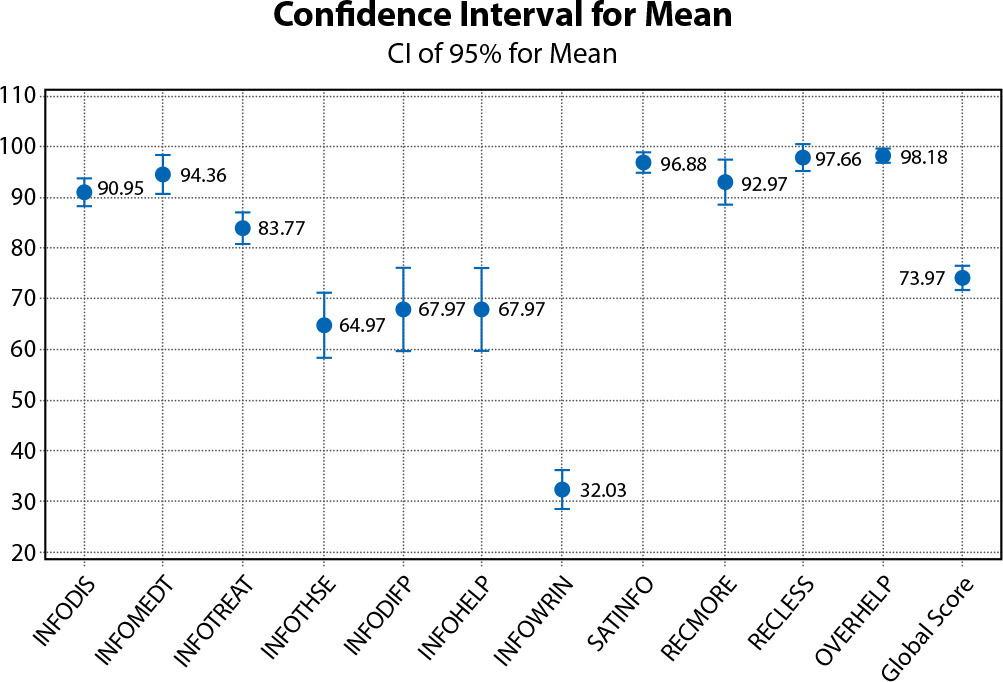
Search
Search in:
Nuvem de Tags
Enfermagem (930)Cuidados de Enfermagem (269)Atenção Primária à Saúde (239)Idoso (208)Educação em Enfermagem (151)Segurança do Paciente (150)Saúde Mental (145)Educação em Saúde (139)Estudos de Validação (131)Qualidade de Vida (104)Tecnologia Educacional (100)Promoção da Saúde (99)COVID-19 (91)Criança (91)Família (87)Enfermagem Pediátrica (86)Saúde do Trabalhador (86)Adolescente (85)Saúde Pública (82)Estudantes de Enfermagem (77)






